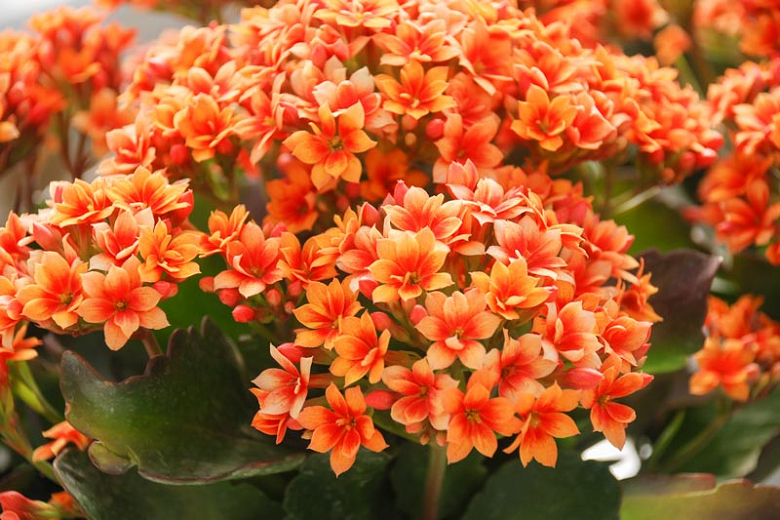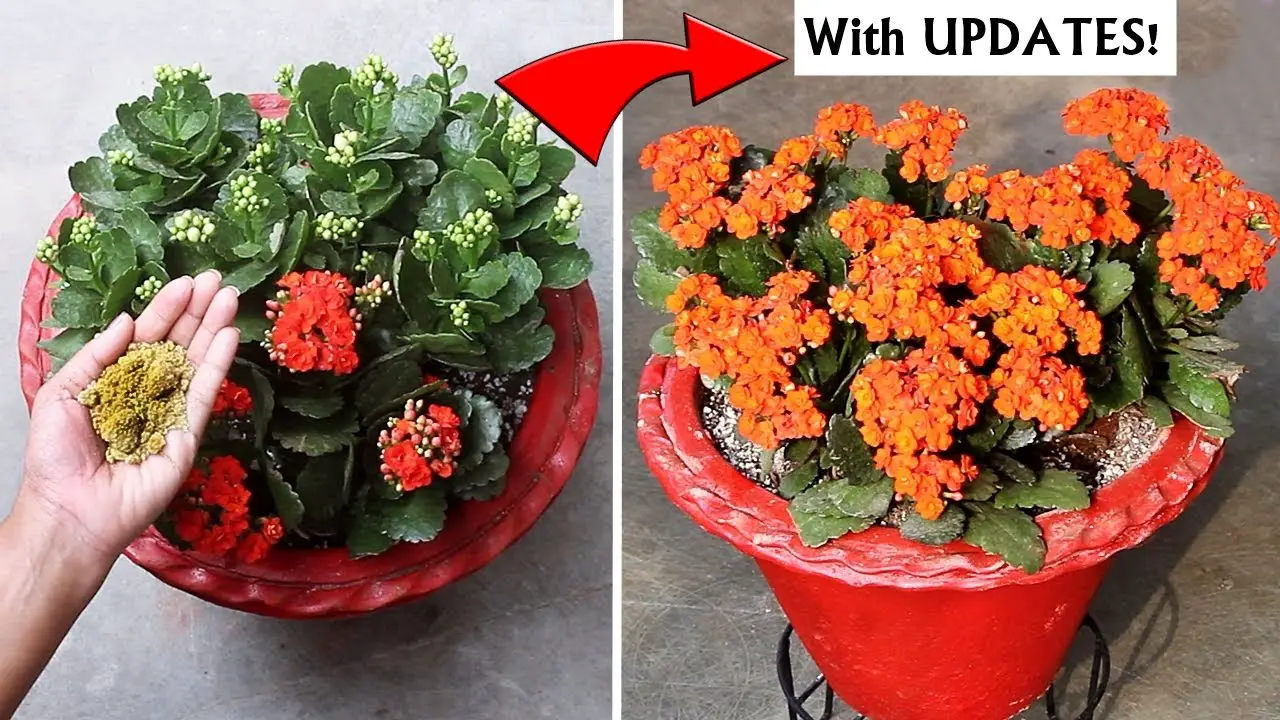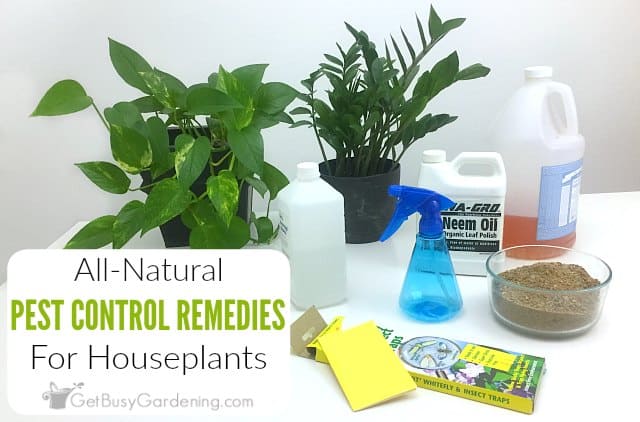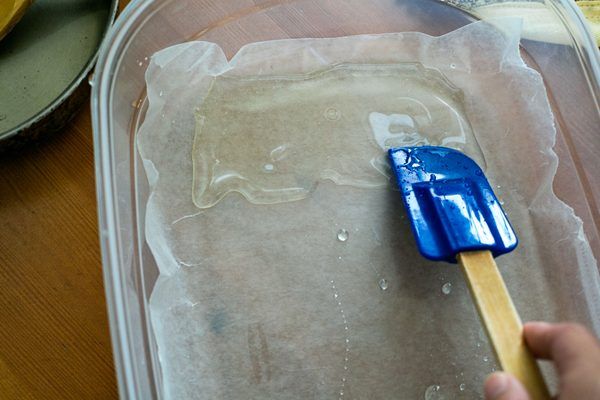How do you keep Kalanchoe blooming?
Kalanchoe is a popular flowering houseplant that is known to brighten up any room. Its vibrant clusters of colorful flowers can last up to several months, and the plant can be kept blooming year-round with the proper care. To keep your Kalanchoe in bloom, make sure to give it plenty of light, water it regularly, feed it with fertilizer, and give it the right temperatures. Additionally, pruning and repotting can help ensure that your Kalanchoe stays healthy and continues to bloom for months to come. With a bit of effort and dedication, you can keep your Kalanchoe blooming for years.
Understanding Kalanchoe
Kalanchoe is a fascinating plant that has been used for centuries as a medicinal and ornamental plant. It is native to many tropical and subtropical parts of the world. The plant is known for its succulent leaves, vibrant colors, and interesting shapes. It’s also known for its hardiness and ability to thrive in a variety of conditions. Understanding Kalanchoe involves learning about its unique characteristics, including its growth habits, which types of soil it prefers, and how to care for it correctly. Knowing the proper techniques for propagating, pruning, and watering Kalanchoe can help ensure that your plants remain healthy and vibrant. With a little knowledge and effort, Kalanchoe can bring beauty to any corner of your home or garden.
Watering and Fertilizing Kalanchoe
Watering and fertilizing Kalanchoe is essential for keeping the plant vibrant and healthy. The key to successful watering is to ensure the soil is moist but not soggy. The best way to water is to use a watering can and allow water to slowly trickle through the soil so that the entire surface is evenly moistened. Fertilizing Kalanchoe is also important for optimal health. An all-purpose liquid fertilizer should be used every two to four weeks, diluted to half strength. When fertilizing, be sure to avoid getting the fertilizer on the leaves, as it can cause leaf burn. With the right care, Kalanchoe can thrive in a variety of conditions, adding vibrant color and texture to any room.

Positioning and Lighting Kalanchoe
Positioning and Lighting Kalanchoe is a term used to refer to the specific requirements of the Kalanchoe plant in order to grow healthy and vibrant. Kalanchoe is a tropical species of succulent, which means it needs bright light and warm temperatures to thrive. Positioning and Lighting Kalanchoe involves selecting the right spot for the plant, such as a south-facing window, and providing the right amount of light. Additionally, the right amount of humidity should be maintained, and the plant should be given adequate water. Kalanchoe needs bright but indirect light to stay healthy, so it’s important to remember to provide filtered light. With the proper positioning and lighting, Kalanchoe can bring a lot of beauty and life to your home.
Pruning Kalanchoe
Pruning Kalanchoe is an essential part of keeping your houseplant looking its best. Kalanchoe is a tropical plant that requires frequent pruning to keep it healthy and looking attractive. Pruning your Kalanchoe helps to control its size, encourages new growth, and removes dead or diseased foliage. Pruning is best done when the plant is actively growing, typically in the spring and summer months. Remove any dead leaves, stems, and flowers from the base of the plant and trim back any excess foliage. If your Kalanchoe is looking a bit leggy, you can also prune the top of the plant to encourage new growth. With a bit of time and effort, your Kalanchoe will be looking its best in no time!

Controlling Pests and Diseases
Pests and diseases can be a huge threat to your garden. Controlling them is essential for keeping your garden healthy and flourishing. With the help of careful monitoring and integrated pest management, you can keep your plants safe from pests and diseases. This may include regular inspections of plants, using appropriate pesticides, and improving soil quality. It may also involve introducing beneficial insects such as ladybugs to your garden. By implementing these strategies, you can create a safe and healthy environment for your plants and ultimately, enjoy a beautiful, lush garden all season long.
Repotting Kalanchoe
Kalanchoe is an evergreen succulent that makes a beautiful addition to any home. However, it must be repotted regularly to ensure continued growth and health. Repotting a Kalanchoe is not difficult and only requires a few simple steps. First, remove the plant from its current pot and gently loosen the roots from the soil. Next, place the plant in a larger pot with fresh soil and gently pack the soil around the roots. Finally, water the plant to help it settle into its new home. With these simple steps, your Kalanchoe will be thriving in its new pot!
Propagating Kalanchoe
Kalanchoe is an easy-to-care-for, succulent plant that is incredibly popular among plant lovers. It’s bold foliage and bright flowers make it an eye-catching addition to any home or garden. Propagating Kalanchoe is a great way to get more of this lovely plant for free! It’s a relatively simple process that involves cutting off a piece of the plant and replanting it in a new pot. With proper care and attention, the new cutting will soon take root and produce a new, thriving Kalanchoe. Not only does propagating Kalanchoe give you more plants, but it allows you to customize the size and shape of the new plants to fit your space and desired aesthetic. So why not give it a try and get creative with your Kalanchoe propagation today?
Troubleshooting Common Issues with Kalanchoe
Kalanchoe is a popular houseplant, but just like any other living thing, it can sometimes experience problems. Troubleshooting common issues with Kalanchoe can be tricky, but with a few tips, you can easily get your Kalanchoe back to looking its best. First, check the soil to make sure it is not too wet or dry. If your Kalanchoe is not getting enough water, its leaves will start to yellow and drop off. Too much water, on the other hand, can cause root rot. Make sure to water your Kalanchoe only when the top inch of soil is dry. Additionally, place your Kalanchoe in an area with bright, indirect sunlight. If the leaves start to turn yellow or become limp, they may not be getting enough light. Lastly, be sure to remove any dead or yellowed leaves to make sure the plant can direct its energy to healthy growth. With these tips, you can keep your Kalanchoe looking its best!
FAQs About the How do you keep Kalanchoe blooming?
What should I do to keep my Kalanchoe blooming?
Ensure that your Kalanchoe receives enough light and water, as well as fertilizer to keep it healthy. Additionally, prune off any dead or dying blooms to encourage new growth.
How often should I water my Kalanchoe?
Kalanchoe should be watered when the soil is dry to the touch. Generally, this will mean watering every 7-10 days.
What kind of fertilizer should I use for my Kalanchoe?
Use a balanced fertilizer with equal amounts of nitrogen, phosphorus, and potassium. Apply fertilizer every two weeks during the growing season.
Conclusion
Keeping Kalanchoe blooming is a relatively easy task. With the right amount of sunlight, water, and fertilizer, these succulents can thrive and produce beautiful blooms for many months. It’s important to remember to prune off any dead or old flowers to encourage new growth and keep the plant healthy. With proper care, you can enjoy your Kalanchoe blooms for a long time.







